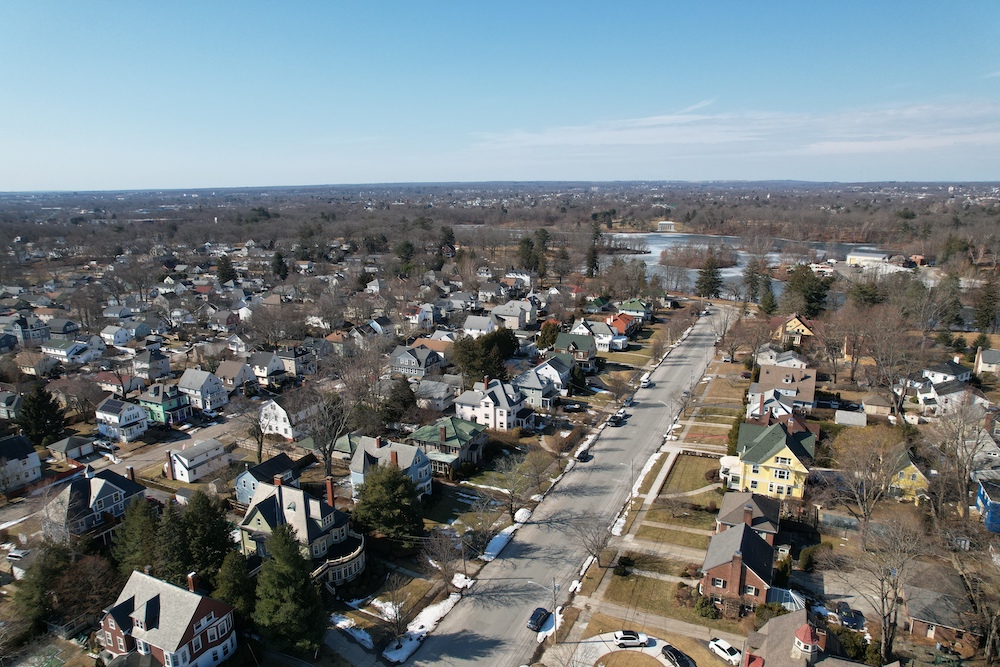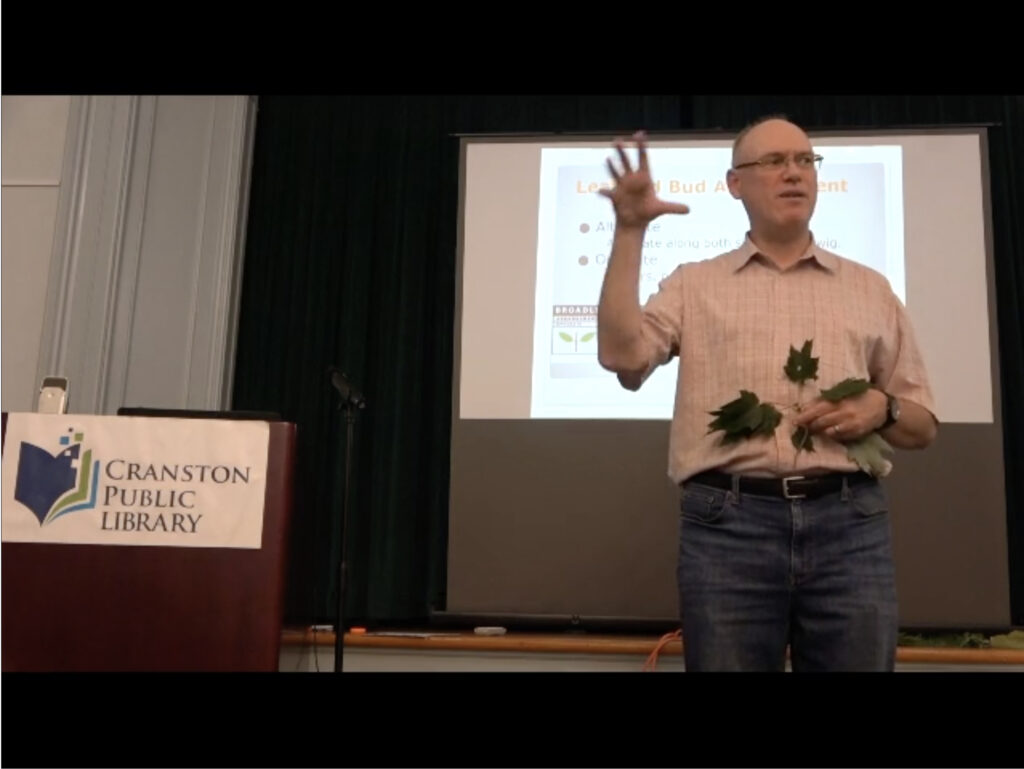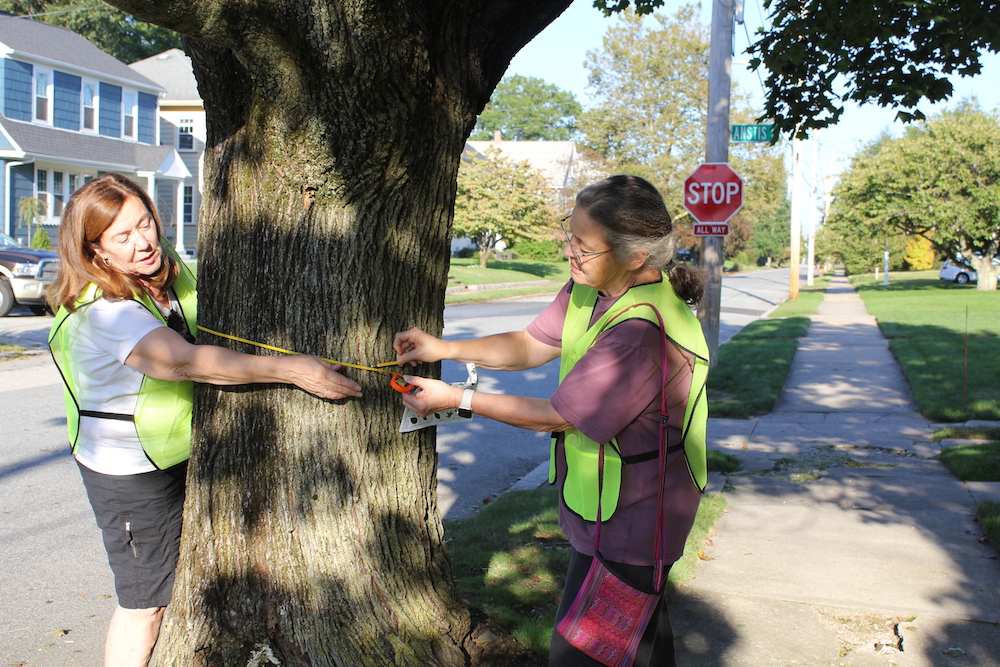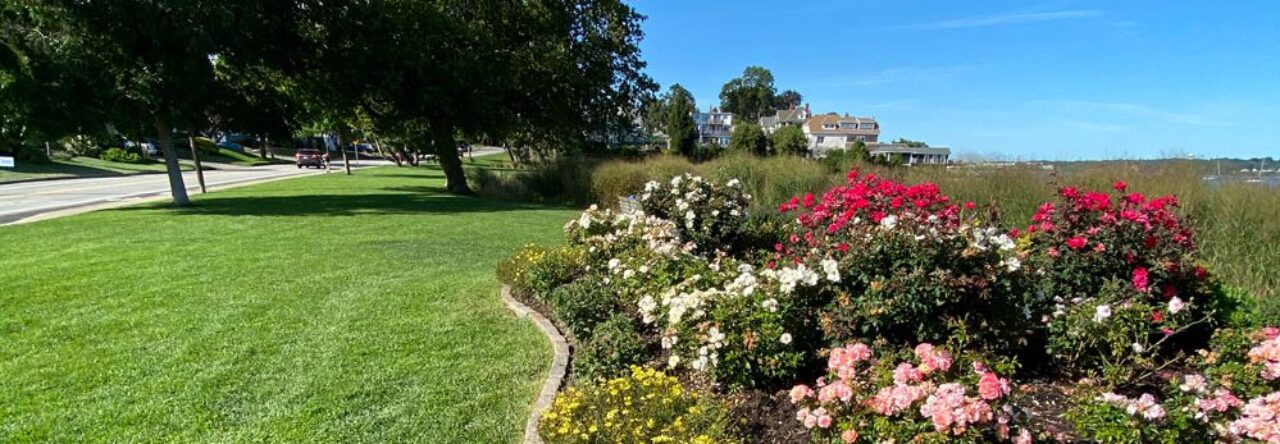Most of Edgewood’s 1,621 street trees were judged to be in relatively good condition. However, a vast majority suffer from conflicts with power lines and sidewalks. There is a paucity of young trees on our streets indicating that many older trees will not be replaced. And there is a striking lack of diversity among our public trees. More than fifty-five percent of the trees are comprised of just two invasive and exotic species: Norway Maples (32%) and Callery Pears (24%). This means that the canopy is highly vulnerable to disease and pests. Whatever their shortcomings, these trees are crucial to the health of our community by providing the following:
- Carbon Storage: 860.5 tons ($147 thousand)
- Carbon Sequestration: 19.09 tons ($3.26 thousand/year)
- Oxygen Production: 50.91 tons/year
- Avoided Runoff: 224 thousand gallon/year ($2 thousand/year)
These are some of the conclusions of a recent inventory of the trees along our neighborhood’s roadways that was initiated by the Edgewood Waterfront Preservation Association (EWPA).

TO ACCESS THE FULL REPORT OF THE EDGEWOOD TREE INVENTORY, CLICK BELOW:
The Inventory Process
In the Fall of 2023, the EWPA recruited eighteen neighborhood volunteers to conduct an inventory of the area’s “public trees”. Funded by an Urban & Community Forestry Grant from the RI Department of Environmental Management, Doug Still of This Old Tree Consulting trained the volunteers in tree identification, measurement, and assessment as well as the use of the Forest Metrix tree inventory software on mobile devices. For purposes of the 2023 Edgewood tree inventory, “city-owned trees” were defined as being within six feet of the street curb. Cranston’s Tree Warden, John Skorupski, participated in the training. The inventory results will be provided to the City of Cranston to populate a database to be used by the Tree Warden and Engineering Department to manage existing trees, and will be GIS compatible. The data will also serve as a baseline for future assessment of the growth or decline of Cranston’s tree resource. While this was a pilot project, EWPA hopes that the street tree inventory effort will be extended to all neighborhoods in Cranston in future years. The City has recently applied to the RIDEM for an RI Urban Forests for Rhode Island Technical Assistance grant that would address Cranston’s entire tree canopy, especially its disadvantaged communities. Cranston’s “tree equity” score of 86 (out of 100) is one of the lowest in the State. If accepted, the city would receive funds for assessment, planning, and tree planting.

The inventory covered the Cranston neighborhood between the Providence line and the Pawtuxet River, and between Narragansett Bay and Interstate 95. The area was mapped and divided into 9 different survey zones. The survey did not include trees on private property, at public institutions, or in parks. Each pair of volunteers was assigned a zone of contiguous streets typically requiring a total of approximately 20 – 24 hours to complete. To supplement their tree identification skills, surveyors made use of flora identification applications on their phones.

Lessons Learned from the Inventory Process
The Volunteers all complained of the challenge posed entering the Forest Matrix software data using a small phone screen and strongly recommended using tablets in the future. Some found judging tree condition challenging so that will merit more attention in future trainings. As the inventory crews worked their zones wearing their safety vests, they encountered a range of responses from local inhabitants. Most were very interested and supportive of the project. However, in some cases, suspicions were voiced: What were they doing there? Were they going to cut down the trees? During future inventories in other Cranston neighborhoods, advance public education should be a key component.

Findings of the Tree Inventory
Edgewood’s street tree canopy lacks diversity. This makes the area’s trees vulnerable to disease and other threats. For example, Edgewood could lose 48.9% of its trees to the Winter Moth. As a rule, it is recommended that an urban forest should not be made up of more than 10% of a single species, 20% of a single genus, and 30% of single family. In Edgewood, more than 55% of the trees are comprised of just two invasive and exotic species: Norway Maples (32%) and Callery Pears (24%). Maples as a family dominate with approximately 45% of Edgewood’s public trees. Forty-seven percent of the neighborhood’s inventoried “leaf area” is made up of invasive species. Despite their shortcomings, the trees have a replacement value of $3.41 million.
The area’s trees are in relatively good condition. Two-thirds of the trees were judged to be in either excellent or good condition. However, twenty-five dead trees were found.
The size of Edgewood’s trees does not portend well for the future of the canopy. Tree size was measured by DBH (diameter at breast height). For replacement purposes, the smallest class of trees (0 – 6 inches DBH) should predominate. In Edgewood’s case, these young trees constitute only 18% of those inventoried.
Most of Edgewood’s trees suffer from conflicts. Trees are challenged by utility wires, sidewalk incursion, and other factors.
The majority of the area’s trees do not have sufficient room to grow. Only Twenty-six percent of Edgewood’s street trees have room to grow properly. 54% of trees are constrained within 4’ by 4’ plots.
If you interested in getting involved in the crucial issue of Cranston’s tree canopy, contact Donna at donna.fieldman@stillhousecove.org

